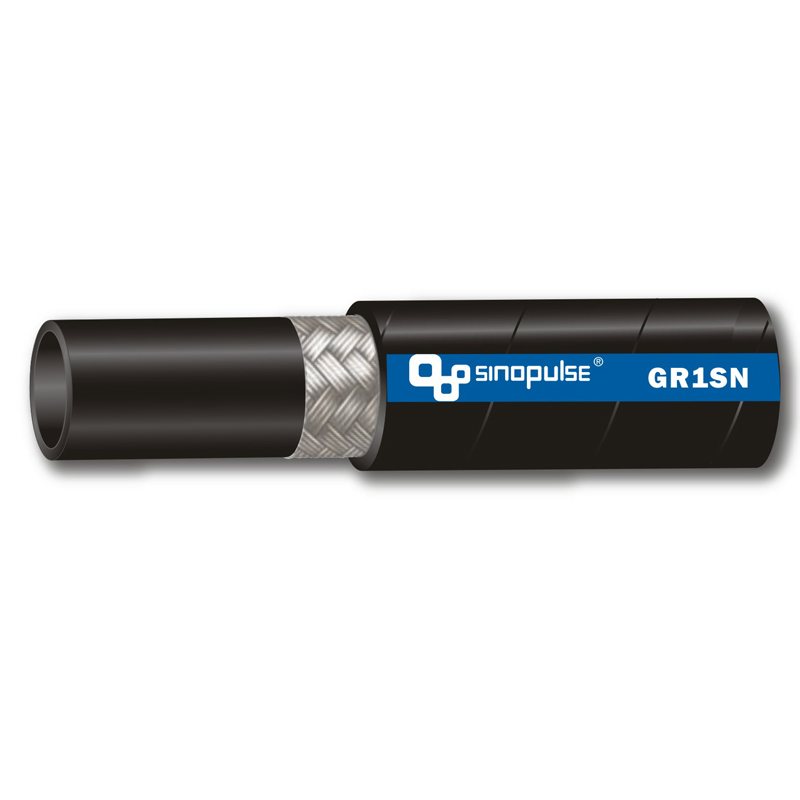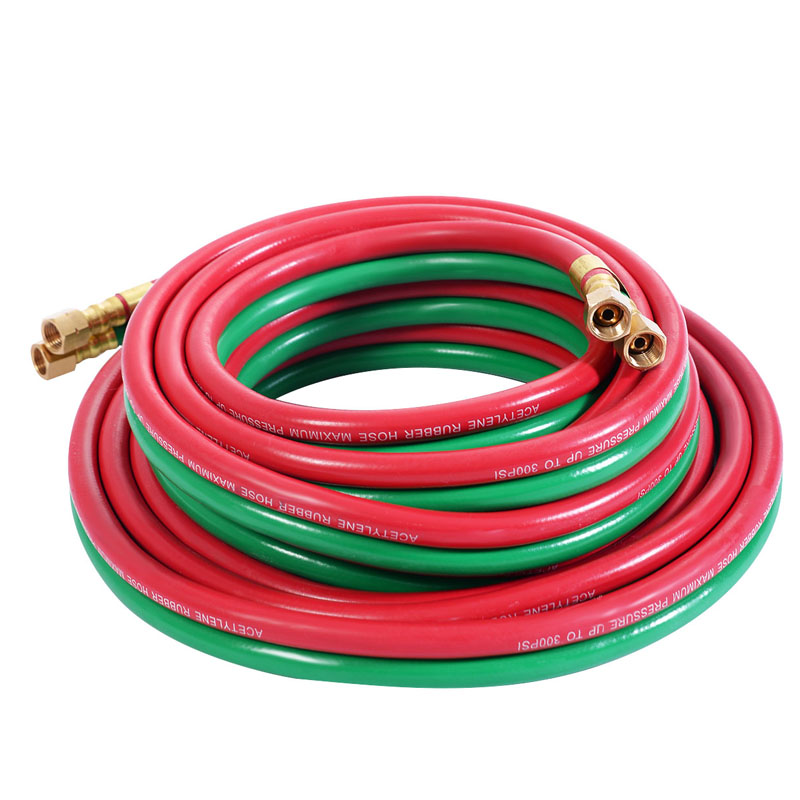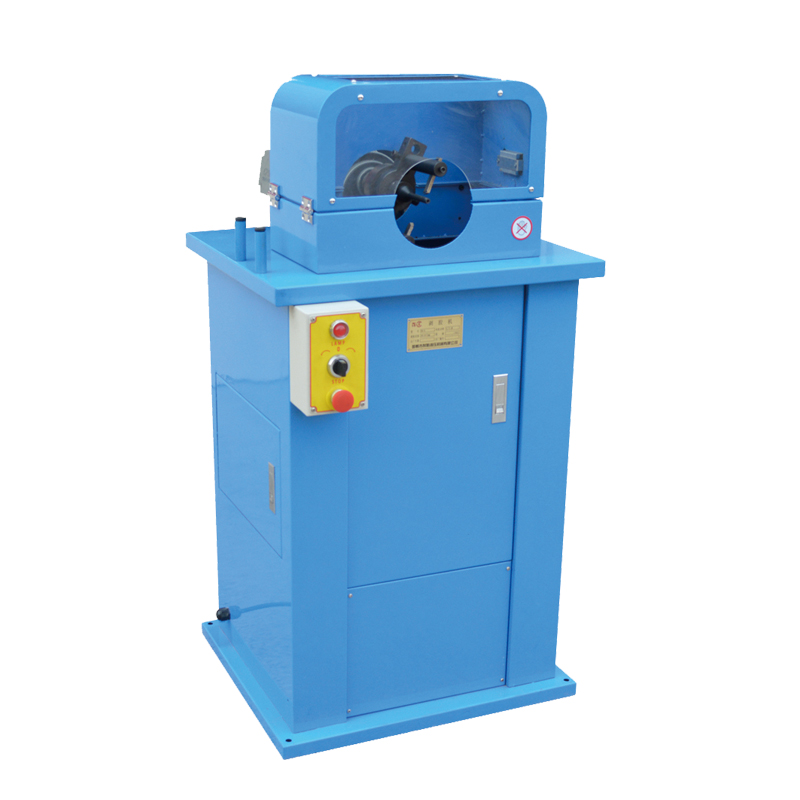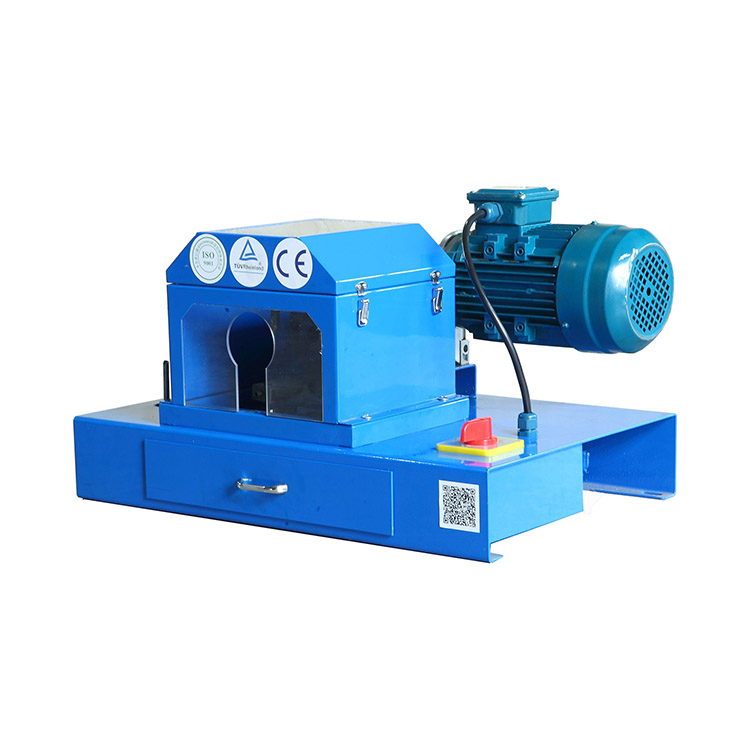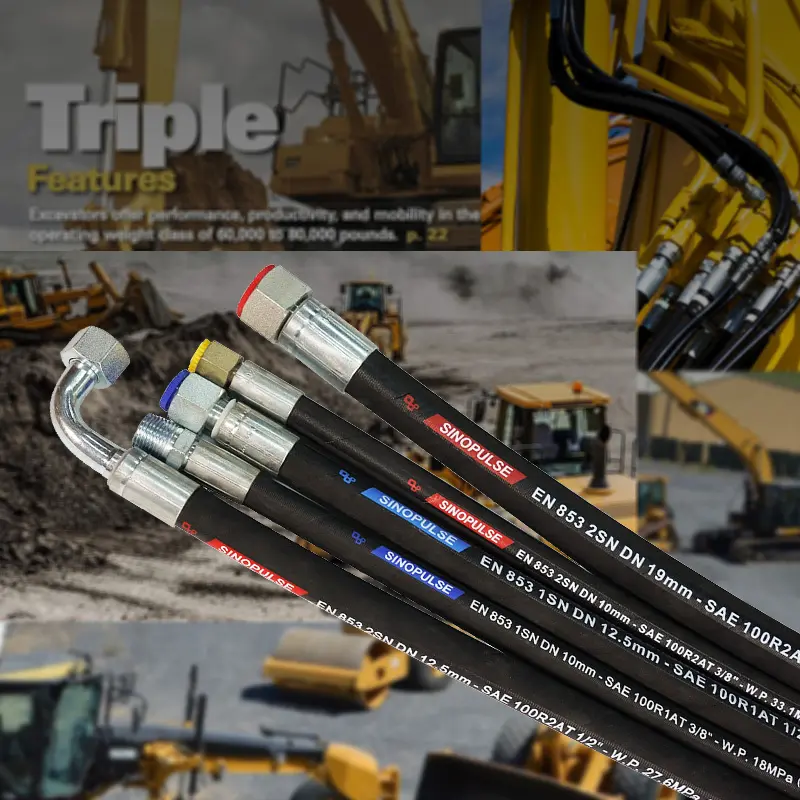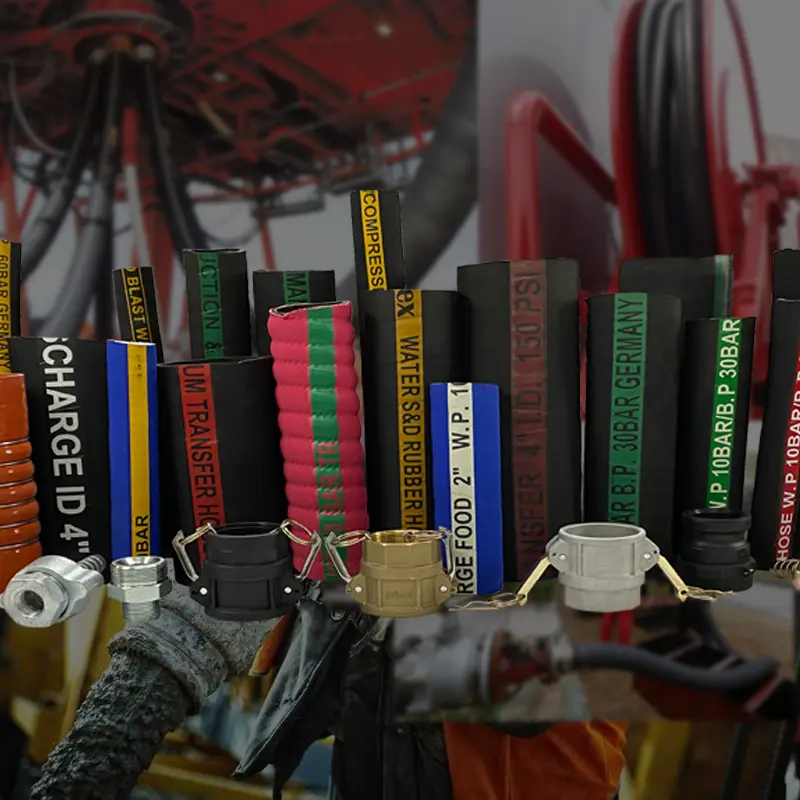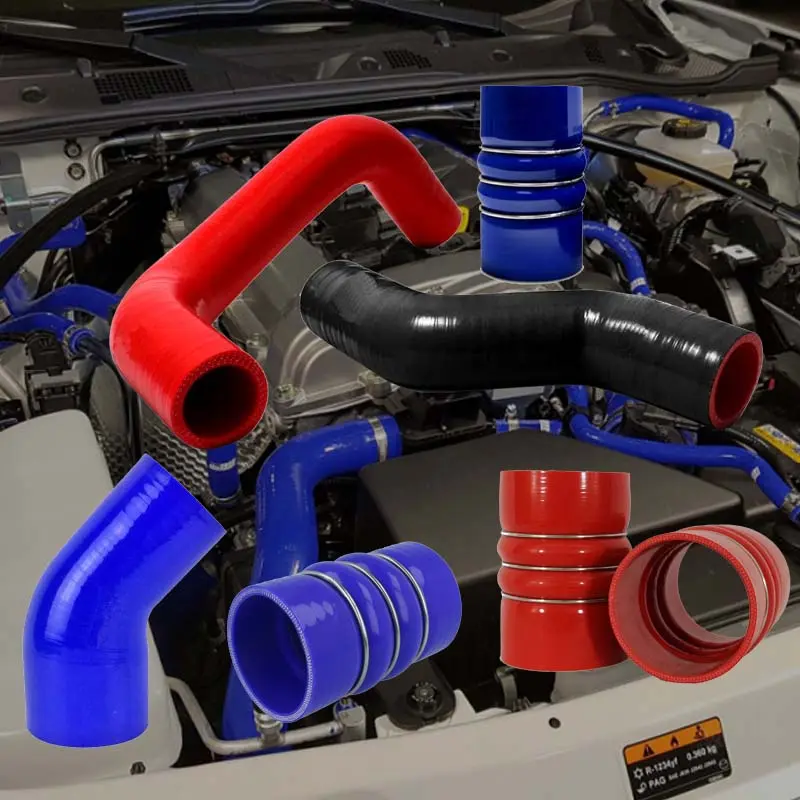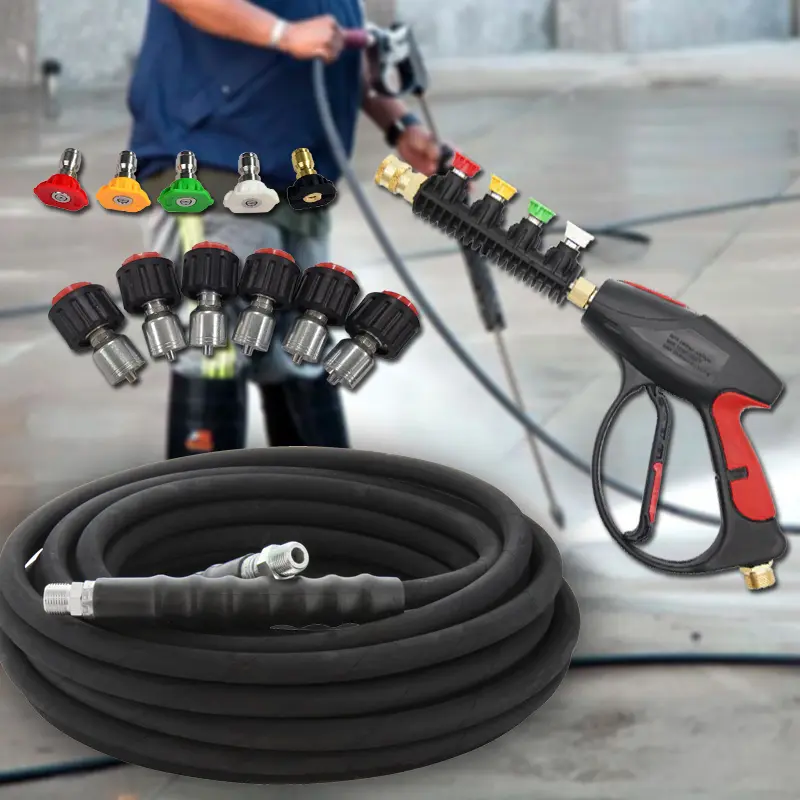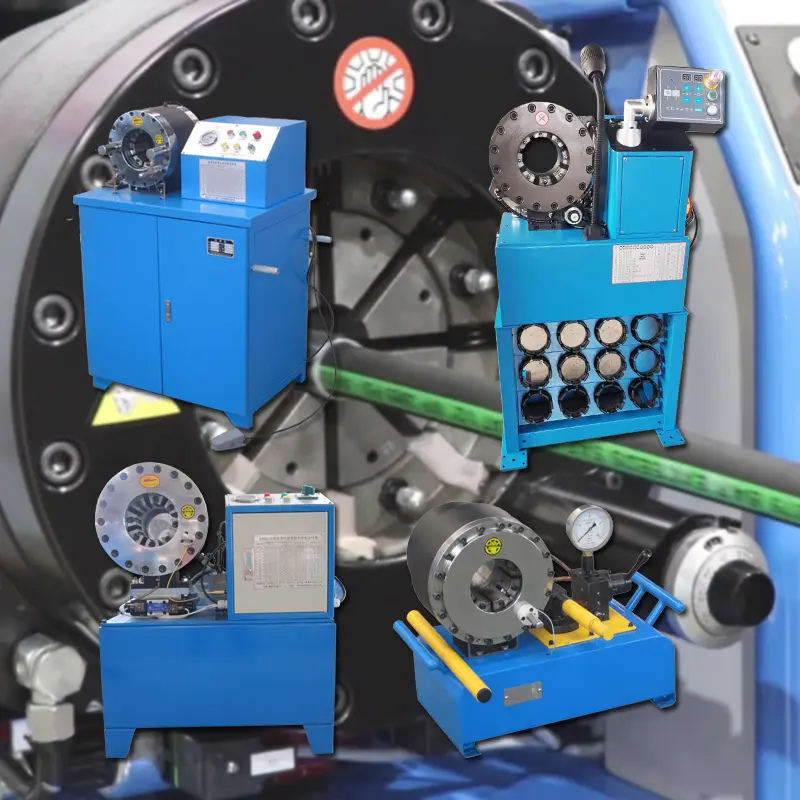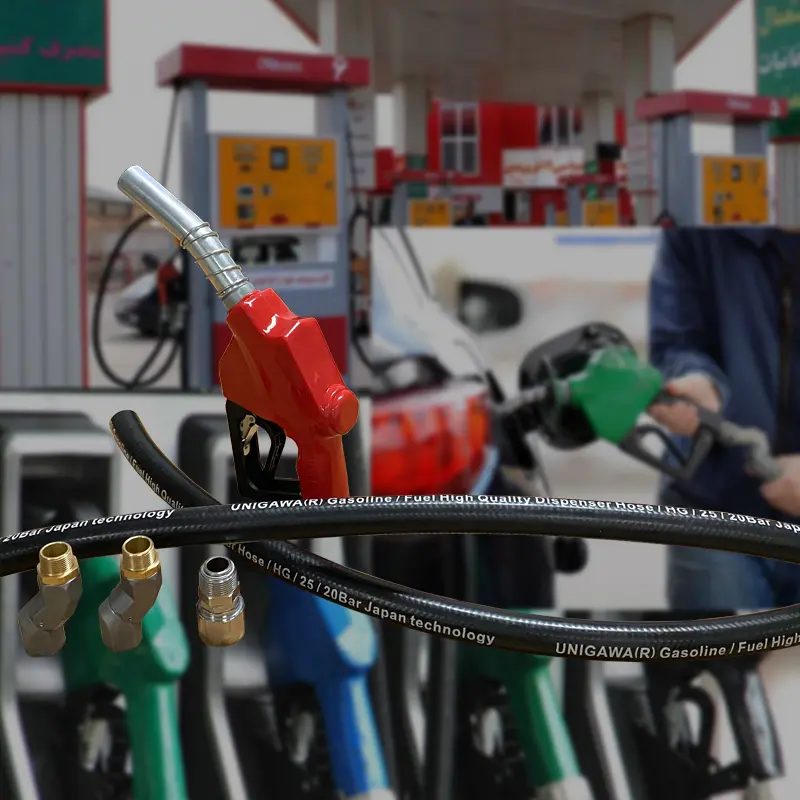In industrial environments where electrical hazards and precision fluid control coexist, non-conductive hydraulic hose solutions emerge as critical components for safe, reliable operation. Designed to prevent electrical conductivity while maintaining robust fluid transfer, these hoses are particularly vital in power generation, electrical equipment, and sensitive manufacturing setups. As a leading ຜູ້ຜະລິດທໍ່ໄຮໂດຼລິກ, we specialize in crafting thermoplastic-based non-conductive hoses that combine advanced insulation technology with durable performance, ensuring compliance with global standards and optimal functionality.

The Science of Electrical Insulation in Hydraulic Hoses
Advanced Insulation Layer Construction
ຂອງພວກເຮົາ non-conductive hydraulic hose features a meticulously engineered multi-layer structure to isolate electrical currents:
- Inner Thermoplastic Core: Crafted from high-purity polyurethane (PU) or polyethylene (PE), this layer resists chemical degradation and ensures smooth fluid flow. Its non-conductive nature forms the first barrier against electrical transmission.
- Electrical Insulation Sheath: A specialized polymer blend coating, applied uniformly around the inner core, provides dielectric strength capable of withstanding up to 15 kV of electrical potential. This layer is the heart of the hose’s non-conductive performance, tested to prevent arcing or leakage current.
- Reinforcement Layer: Braided synthetic fibers (such as polyester or aramid) offer mechanical strength without compromising insulation. Unlike metallic reinforcements, these materials maintain electrical isolation while supporting pressure ratings up to 3,000 PSI.
- Outer Protective Cover: A UV-resistant thermoplastic elastomer (TPE) outer layer shields the hose from abrasion, ozone, and environmental stress, ensuring long-term durability in harsh conditions.
This layered design ensures that the hose remains both a reliable fluid conduit and an effective electrical insulator, balancing safety with operational efficiency.
SINOPULSE Non-Conductive Hydraulic Hoses: Compliance with International Standards
Our non-conductive hoses adhere to strict industry norms, including:
- SAE J517 Type A: Certified for non-conductive properties, this standard mandates dielectric strength testing to ensure hoses can operate safely in proximity to electrical systems.
- IEC 60245-3: Compliance with this international electrical safety standard confirms the hose’s suitability for use in environments with potential electric shock risks.
- ISO 18752: Ensures chemical compatibility and pressure resistance, guaranteeing that insulation performance does not degrade even when transporting aggressive fluids like coolants or hydraulic oils.
These certifications make our hoses ideal for applications where electrical safety is non-negotiable, such as in power substations or automated manufacturing lines.
Precision Applications: Where Non-Conductive Hoses Excel
1. Electrical Power Equipment
- Transformer Cooling Systems: In power transformers, non-conductive hydraulic hosesafely transfers dielectric fluids without risking electrical short circuits, protecting both equipment and operators.
- Circuit Breakers & Switchgear: Used in hydraulic actuators for high-voltage switchgear, these hoses prevent current leakage, ensuring reliable operation in electrical distribution networks.
- Renewable Energy Systems: In wind turbines and solar installations, they manage hydraulic fluids in pitch control systems, resisting electromagnetic interference and maintaining insulation integrity in harsh outdoor environments.
2. Sensitive Industrial Machinery
- Semiconductor Manufacturing: In cleanroom environments, non-conductive hoses prevent electrostatic discharge (ESD) that could damage delicate microchips, while handling ultra-pure cooling liquids.
- Medical Equipment: Used in hydraulic-powered surgical robots, they ensure electrical isolation for patient safety, combining precision fluid control with non-conductive reliability.
3. Hazardous Environment Operations
- Chemical Processing Plants: When transporting solvents or corrosive fluids near electrical panels, these hoses mitigate the risk of electrical arcs caused by moisture or fluid leakage.
- Mining & Construction: In equipment operating near power lines or grounded machinery, non-conductive hoses reduce the chance of accidental conductivity, enhancing site safety.
Non-Conductive Hydraulic Hoses: Performance Advantages Over Traditional Designs
1. Electrical Safety Without Compromise
Unlike rubber hydraulic hose models that may include conductive additives or metallic reinforcements, our thermoplastic-based non-conductive hoses offer pure electrical isolation. This makes them superior in applications where even minimal conductivity could lead to system failures or safety hazards.
2. Lightweight and Flexible
The thermoplastic structure is up to 30% lighter than rubber alternatives, reducing load on mobile equipment while maintaining a minimum bend radius of 10x the hose diameter. This flexibility is crucial for routing through tight spaces in electrical enclosures or robotic arms.
3. Broad Chemical and Temperature Resistance
- Fluid Compatibility: Resistant to mineral oils, water-glycol fluids, and common industrial solvents, ensuring versatility across applications.
- Temperature Range: Operates efficiently from -40°C to +120°C, making it suitable for both cryogenic systems and high-temperature industrial environments.
Choosing the Right Non-Conductive Hose for Your Needs
When selecting a non-conductive hydraulic hose, consider:
- Electrical Rating: Ensure the hose’s dielectric strength matches your system’s voltage requirements (e.g., 10 kV for substation applications).
- Pressure and Flow Needs: Match the hose’s pressure rating (up to 3,000 PSI) and inner diameter to your hydraulic system’s specifications.
- Environmental Factors: Opt for UV-resistant outer layers for outdoor use or static-dissipative coatings for ESD-sensitive environments.
In industries where electrical safety and fluid control are equally critical, non conductive hydraulic hose solutions offer the perfect balance of protection and performance. As a trusted ຜູ້ຜະລິດທໍ່ໄຮໂດຼລິກ , we deliver hoses that not only meet global standards like SAE J517 Type A but also excel in challenging environments, from power plants to precision manufacturing floors.
Our range of ທໍ່ໄຮໂດຼລິກສໍາລັບການຂາຍ includes non-conductive thermoplastic models designed to elevate your system’s reliability while safeguarding against electrical risks. Explore our solutions today and experience the peace of mind that comes with choosing hoses engineered for both safety and efficiency.
ຄໍາຮ້ອງສະຫມັກຜະລິດຕະພັນ










